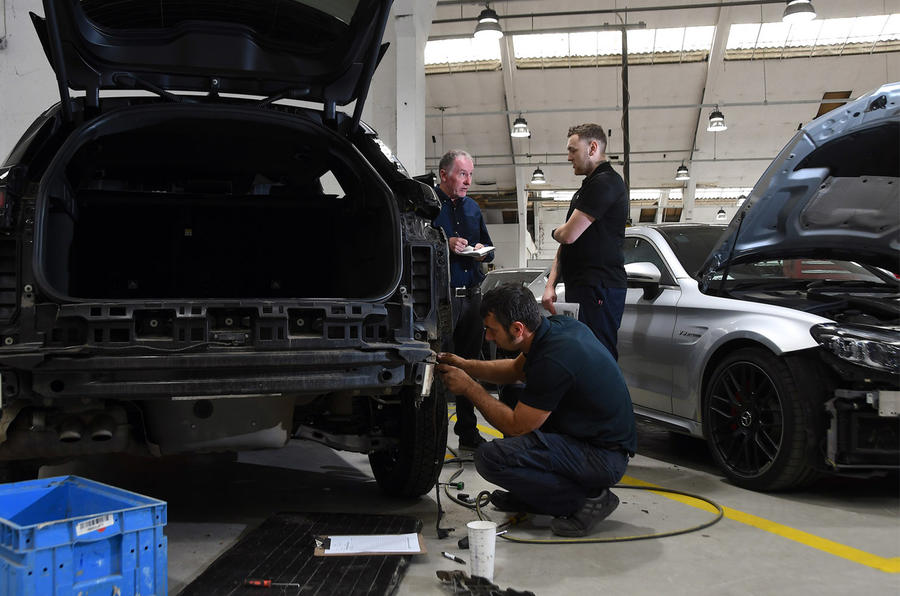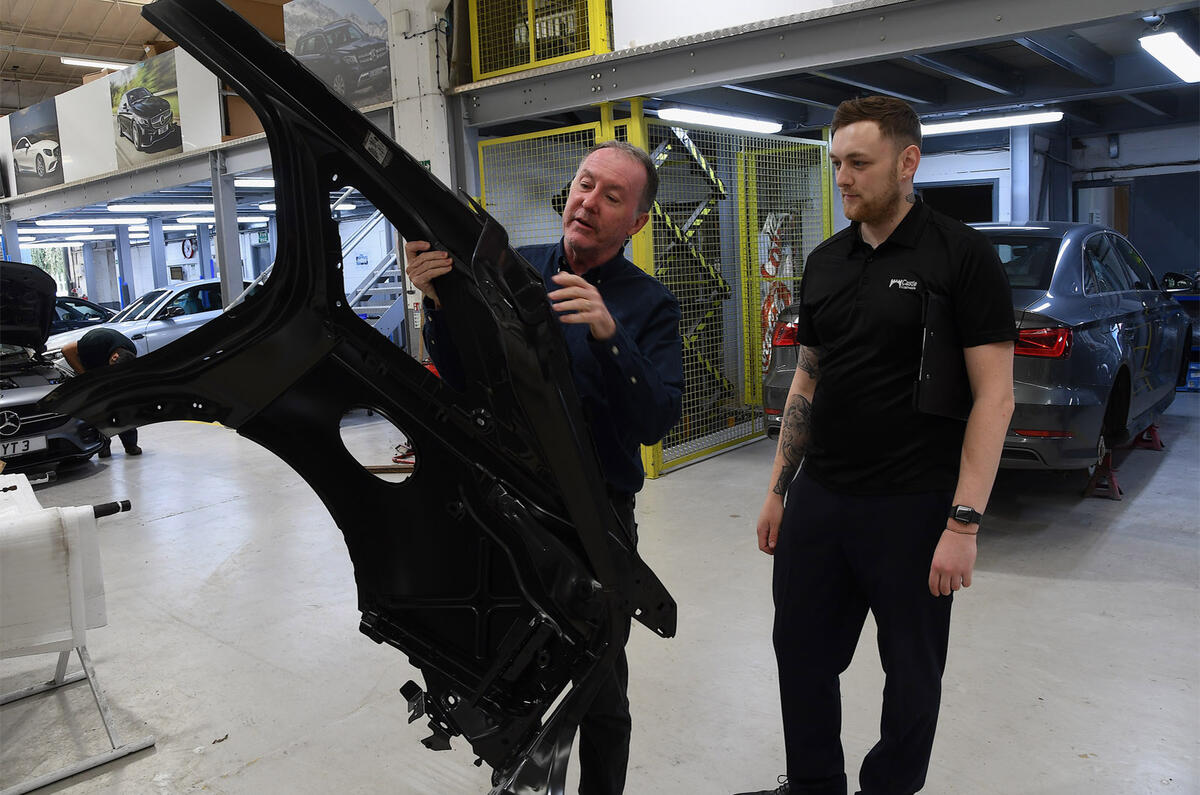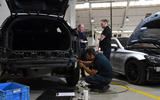Full disclosure time: during the course of 40 years of driving, I can recall the occasion a car crashed into the back of my Vauxhall Astra at traffic lights and, later, another into my Ford Mondeo. Then when I drove my Renault 5 into the back of the Mini I could have sworn had pulled away ahead of me at a roundabout.
Each time, I left the decision about who should repair my car in the hands of my insurer. Even my Mazda Eunos, for heaven’s sake – a sweet little thing that had been shunted by one car into the path of another. How I loved its precision steering, at least before its rack was shattered. The insurer-approved repairer to which it was sent operated out of a tin shack beside a bomb-site dealership.
All my cars were reasonably cheap, the most expensive being the Mondeo that cost me £7000. With the exception of the Eunos, the damage they suffered was light and all repairs were carried out largely to my satisfaction.
However, I like to think that had they been more valuable and their damage more serious, I would have rejected my insurers’ approved bodyshops and instead insisted my cars were repaired by manufacturer-approved ones that use genuine OE parts and who are trained to remanufacture a damaged car rather than simply repair it. I would certainly have the right to do so, although the insurer could refuse and pay me a cash settlement in lieu.

But there are rights and there’s the gentle art of persuasion, where the insurer speaks softly in your ear about picking up the pieces after an accident while you ease yourself into its free hire car and go about your business. Hold out for a repairer of your choice and it starts sounding rather less friendly. No wonder most of us take the easy option and go with the approved repairer.
Not the owner of the one-year-old Jaguar XJ 3.0d I’m looking at, though. The category S write-off – meaning it has suffered structural damage – has been in one almighty front-end smash. The insurer wanted to write it off, but since by some miracle the cost of repairing it won’t exceed its pre-accident value, the owner has chosen to have it repaired. Not only that but he has insisted it is repaired by a manufacturer-approved bodyshop.
















Join the debate
Add your comment
Call me a cynic but this
Call me a cynic but this repair shop and other like it, would clearly have an idea of the write off 'threshold' v cost to repair with profit so can easily come in £2000 under the write off threshold.
It's strange some of these US repairers can rebuild even some exotic super cars without all the 'specialist' equipment referred to in this article. Yes, I was sceptical thinking they would bodge the job but they clearly do not if you watch the video series of the repairs.
As usual, the UK is the land of the ripped off.
S Category
Structural damage. I get the advanced training, etc on aluminium repair. But to change an A Pillar just a shouldnt be allowed, that's way too structural in my opinion. No way it can be tested either. God that the car will be marked as an S category write off. If the owner keeps it to the end of its day then fine his/her choice, but don't pass this hidden unknown onto a poorly informed new owner.
Who's to know the load paths in an accident now?
Good advice. Five years ago
Good advice. Five years ago our car was repaired at the insurer's recommended repairer after a minor front end collision and it was an awful experience. They also managed to damage the car further while they had it, so took it back to fix that (after initially disputing the fact). In all in was off the road for 7 weeks, the true, final cost will have greatly exceeded the original quote. Absolute cowboys.